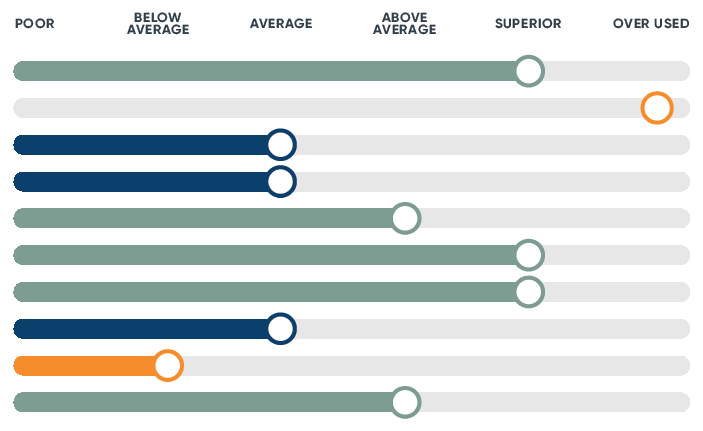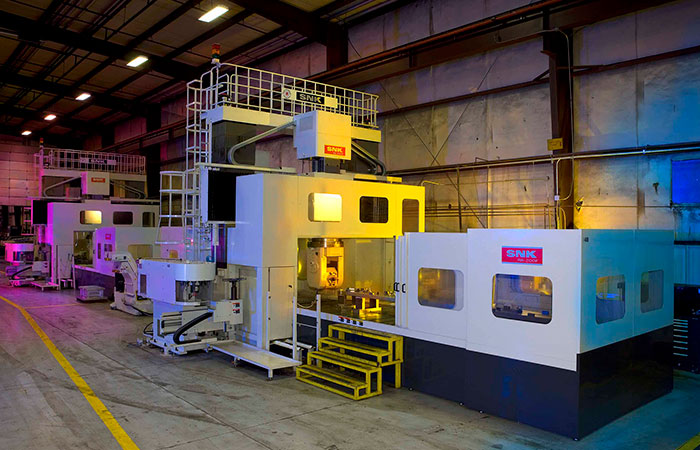Identify
First impressions aren’t everything, especially when hiring.
Resumes and interviews give you insight as to where a job candidate worked, their duties, responsibilities, and education. The big unknown: what a potential hire is like on the inside that a bunch of written words or an interview can't tell you. Is their personality and the way they like to work (and even lead others) a good match for your organization’s culture and your performance expectations?

Identification Tools for Your Organization
The Science Behind Great Leaders
Instead of using guesswork and spending months or years managing a costly, poor hiring decision, get proven insight from Chapman & Co. Leadership Institute. We have the tools and expertise to help you know what to expect from a new leadership candidate. It’s the smart path to take in hiring decisions. The talent you bring in today will lead to long-term, high performance, now and into the future.

Our Offerings
Pre-Employment Testing
Don't take chances on a hiring decision based on a job interview alone.
Learn MoreExecutive Assessments
Hiring or promoting top executives is a decision you need to get right the first time.
Learn MoreLearning Agility Assessments
Market-leading organizations are utilizing Learning Agility as a potent predictor of leadership potential.
Learn MoreInterview Training
Our Interview Training equips your team to hone their interview skills and sharpen their ability to spot top talent.
Learn MoreSuccession Planning
Ensure that any talent move you make is a smart one by promoting the type of leadership that continues to fuel organizational growth.
Learn MoreCEO Succession
Ensure you have the required leadership pipeline to move your business forward.
Learn MoreHigh Potential Identification & Development
Make sure your company is developing your top talent and future leaders appropriately.
Learn MorePre-Acquisition Assessments
Gain insight and confidence to know if an acquisition's leadership team has the capability to take the company to the next level of growth and profitability.
Learn More






